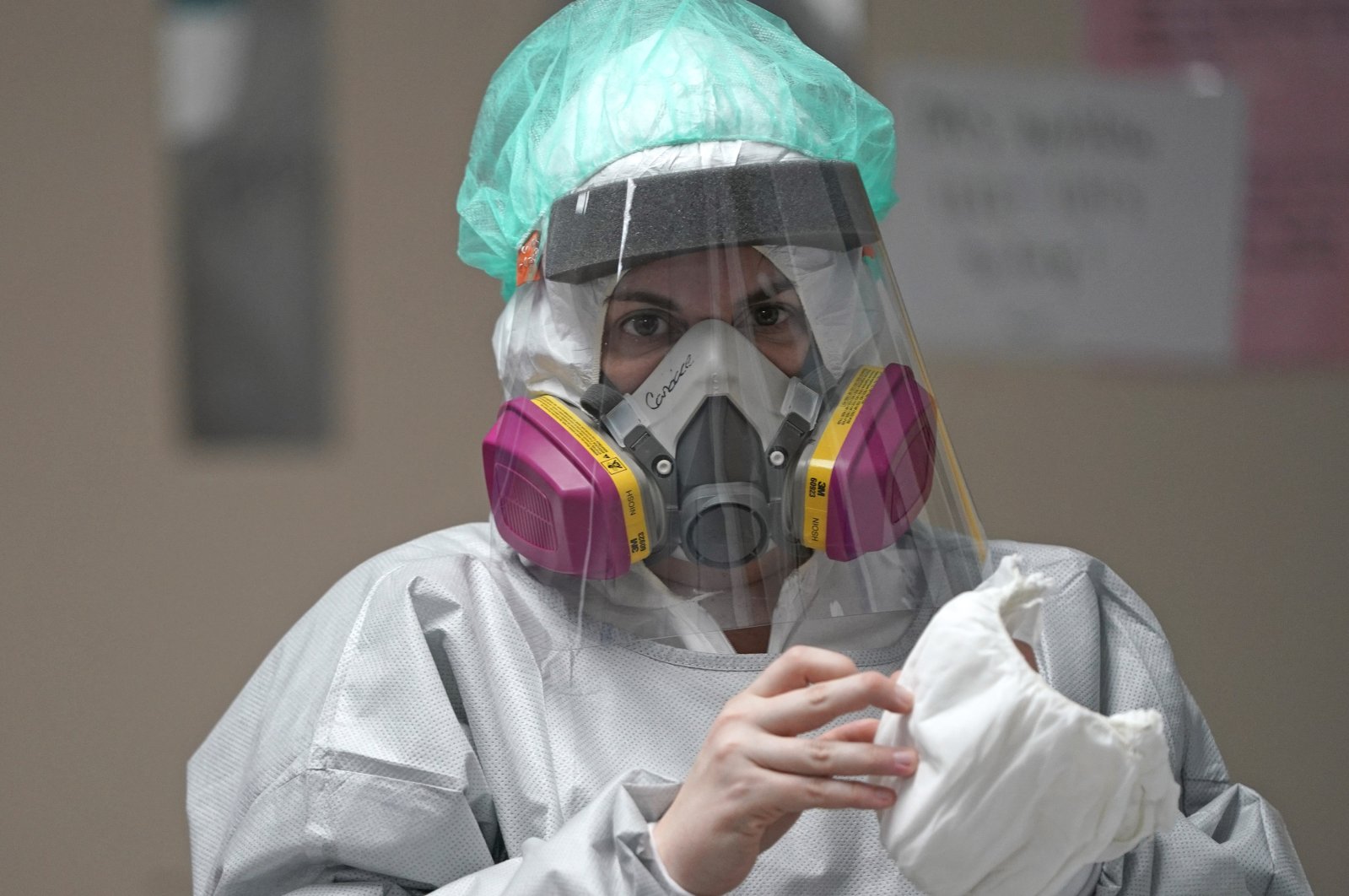SARS-CoV-2 Steadily Mutating ... Good or Bad?
 |
"We have given this virus a lot of chances [to mutate, given its wide spread in the population].""There is a huge population size out there right now [for the virus to infect and replicate and make errors in its replication, thus mutating]."James Musser, Houston Methodist Hospital, Texas"Wearing masks, washing our hands, all those things are barriers to transmissibility, or contagion, but as the virus becomes more contagious it statistically is better at getting around those barriers.""Although we don't know yet, it is well within the realm of possibility that this coronavirus, when our population-level immunity gets high enough, this coronavirus will find a way to get around our immunity. If that happened, we'd be in the same situation as with flu.""We'll have to chase the virus and, as it mutates, we'll have to tinker with our vaccine."David Morens, virologist, National Institute of Allergy and Infectious Diseases
Influenza's seasonal return and medical science's efforts to suss out each return's particulars to invest each season's new vaccine as closely as possible with the ever-mutating virus's genetic code that is the current season's flu strain represents a case study in reproduction errors and changing characteristics and properties of a virus in flux. We can immunize ourselves to the best of our scientific abilities in devising a 'correct-as-possible' formula, but we are not able to vanquish the virus to the point of disappearance. We live with it as best we can. And with each return there are virus-vulnerable casualties.
In Houston, scientists have released the results of a recent study where over 5,000 genetic sequences of the coronavirus were studied, revealing the virus's constant accumulation of mutations. The scientific investigators posit that one of those mutations may have produced a more contagious virus, one associated with a steeper viral load among patients at their initial diagnosis. Not yet peer-reviewed, the study was posted n the preprint server MedRxiv.
Another, larger batch of sequences was recently published by scientists in the United Kingdom, concluding that a mutation that alters the structure of the "spike protein" on the surface of the virus (which enables it to 'catch' onto a cell of the person it has invaded) could be responsible for the huge spread of that strain of the virus ... a conclusion similar to the one in the Houston study. The saving grace is that the study failed o find that the virus was deadlier.
 |
A health worker collects swab samples SOPA Images/LightRocket |
Viruses are known to acquire genetic mutations, most of which lack significance, and coronaviruses like SARS-CoV-2, causing COVID-19 disease happen to be quite stable, with their own 'proofreading' mechanisms in quality control, while they replicate. Still, each time a mutation takes place, the consequences are random. The opportunity for mutations to occur rise with the volume of people infected. Given the huge numbers of American cases, this avidly-replicating virus has had ample opportunities to mutate.
And the more it does, the more likely it may be for it to eventually mutate toward picking up more seriously-impacting consequences, which is what most concerns medical science. On the other hand, Dr.Musser of Houston Methodist cautions "you don't want to over-interpret what this means" though the virus changes "may have implications for our ability to control it". The virus, he explains, might be placed under selective pressure in evading the human immune response as people gain immunity through a vaccine.
Scientists at Houston Methodist have been sequencing the 30,000-character genome of the coronavirus since March, at the first appearance of the virus in the city, resulting in the documentation of 5,085 sequences. Moving in two waves through Houston neighbourhoods, striking the wealthiest and older groups first, it then moved into its second wave to infect a younger demographic and lower-income neighbourhoods with majority Latino residents.
Another clue surfacing to its infectious nature; it is the wealthy who tend to travel abroad most, bringing the virus back with them. The virus arrived initially by air travel, leading to 71 percent of the viruses that first arrived characterized by a mutation surfacing in China, giving the virus a biological advantage in the manner of its spread. By the second Houston outbreak, this variant had risen to 99.9 percent prevalence, almost completely dominating the outbreak. Truly, a Chinese virus.
The U.K.'s even larger study of the coronavirus spread was based on roughly 25,000 genomes, finding evidence that this variant of the virus managed to outcompete its competitors. Those viruses that spread the fastest are the most advantageous ones for the disease that seeks to endlessly replicate itself through infection, as compared to a virus that kills the host and in so doing kills its own chances of replication and reinfection of other people.
 |
Registered
nurse Candace Trammeor grabs shoe coverings inside the Coronavirus Unit
at United Memorial Medical Center, Houston, Texas.
(AP Photo) |
Labels: Mutations, Novel Coronavirus, Research, SARS-CoV-2

0 Comments:
Post a Comment
<< Home